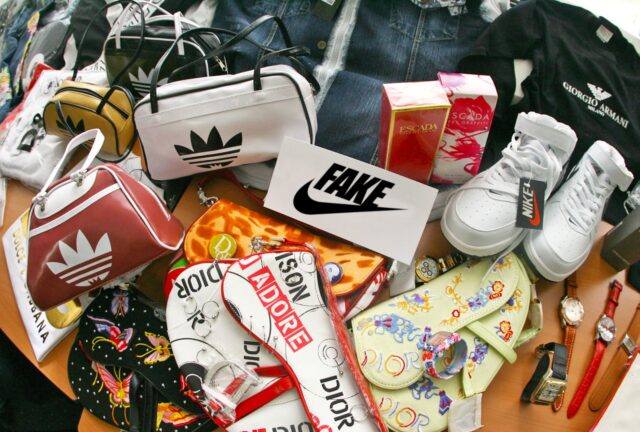Counterfeit products have long been a headache for online retailers. From fake designer bags to knock-off electronics, deceptive listings eat away at consumer trust and cost legitimate brands billions every year.
In response, major retail platforms have invested heavily in detection systems, enforcement teams, and partnerships that can catch counterfeit sellers before customers even see their listings.
How Platforms Identify Suspicious Listings

Retail platforms use a mix of technology and human expertise to track down counterfeit items.
Platforms may even ask brands to summarize their product-line specifications so machine learning models gain a clearer baseline for authenticity.
Their goal isn’t only to react to consumer complaints but to spot issues proactively. Here’s what typically happens behind the scenes:
1. Automated Pattern Detection
Most large marketplaces rely on advanced algorithms that scan listings in real time. These systems look for irregularities such as:
- Unusual price drops compared to the brand’s average selling range
- Misspelled brand names or misleading product descriptions
- High-frequency listings from newly created seller accounts
- Product images that don’t match the manufacturer’s official catalog
The algorithms flag those listings for review, often within seconds of posting. Over time, they learn from confirmed counterfeit cases and improve detection accuracy.
2. Image and Logo Recognition Tools
Visual data plays a huge role in counterfeit spotting. Platforms now use image-recognition models trained to detect subtle inconsistencies in logos, packaging, and labeling.
For instance, Amazon and Alibaba have built tools that automatically compare uploaded product photos to the authentic manufacturer’s image database.
When the system spots logo distortion or color discrepancies, the listing is sent to a moderation team for closer inspection.
3. Seller Behavior Tracking

Platforms also keep an eye on seller behavior. Patterns such as sudden spikes in inventory, repeated product removals, or inconsistent shipping origins can signal counterfeit operations. Even customer reviews become part of the evidence trail. A cluster of complaints about poor quality or “fake” products can lead to the suspension of entire seller accounts.
| Monitoring Factor | Possible Red Flag |
| Sudden inventory growth | Potential bulk upload of counterfeit items |
| Multiple account creations | Evasion of prior bans or flagged seller status |
| Geographic shipping mismatch | Product origin differs from claimed manufacturer region |
| Identical product titles | Copy-pasted counterfeit listing templates |
Collaborations That Strengthen Detection
Retail platforms rarely operate in isolation. Many now work directly with brand owners and law enforcement agencies to validate product authenticity.
Brand Registry Programs
Programs such as Amazon’s Brand Registry or eBay’s Verified Rights Owner (VeRO) program allow trademark holders to submit product data and report counterfeit activity. Once enrolled, brand owners gain access to tools that let them flag fake listings, upload official images, and restrict unauthorized sellers from using their intellectual property.
Partnerships with Customs and Investigators
Some companies go a step further by sharing counterfeit data with customs authorities or investigative organizations.
This collaboration helps intercept fake products before they enter warehouses or shipping centers, preventing fraudulent listings from ever reaching the online storefront.
How Consumers Can Help Strengthen Detection

Although retail platforms have built sophisticated systems, consumer feedback remains crucial. Every verified report from a buyer contributes to refining those algorithms and enforcing seller bans.
Customers can help by:
- Checking seller ratings and history before purchasing
- Reporting listings that look suspicious or have inconsistent descriptions
- Avoiding deals that appear too good to be true
- Using official product verification tools provided by the brand or retailer
Platforms like Etsy, for instance, actively review user reports to identify counterfeit craft items or brand misuse. The process may take time, but genuine customer input often triggers broader investigations that uncover entire counterfeit networks.
Final Thoughts
Retail platforms have become much more aggressive in uncovering counterfeit product listings. Through AI-driven tools, brand partnerships, and collaborative enforcement with global agencies, they’ve shifted from reactive moderation to proactive prevention. The goal is simple: protect consumers, preserve brand reputation, and make online shopping safer for everyone.




